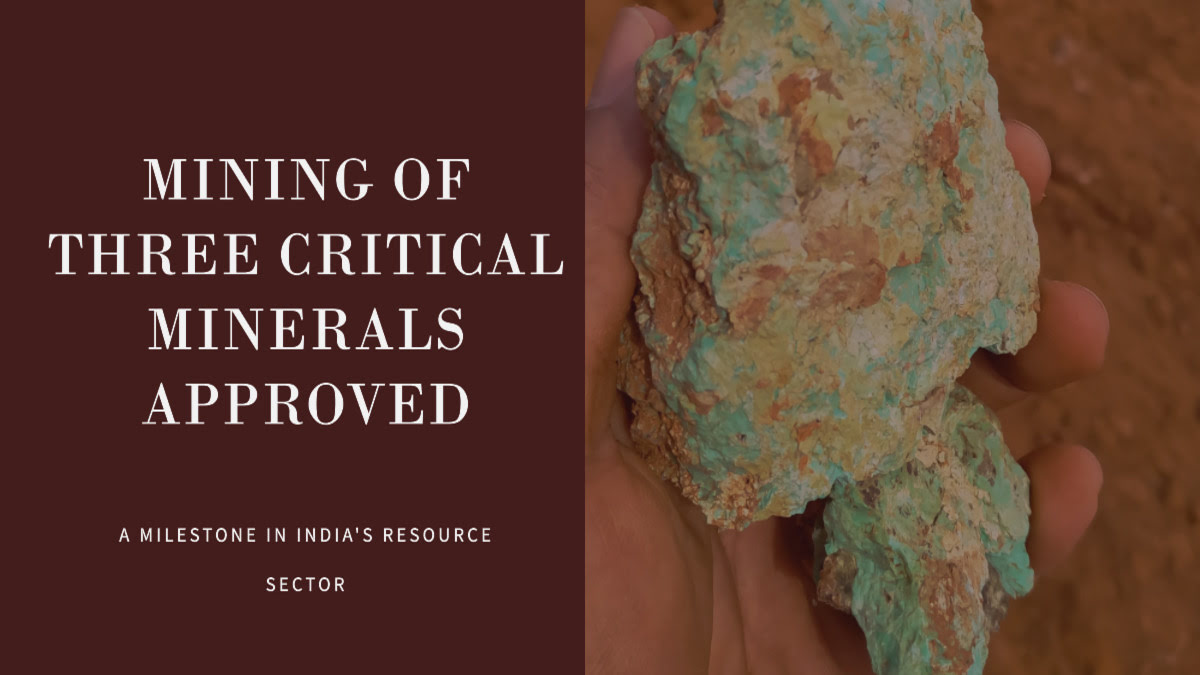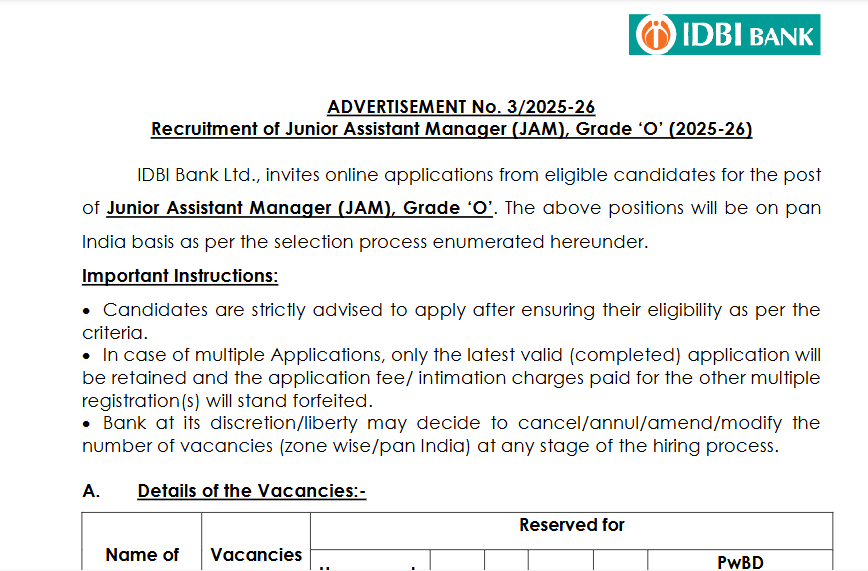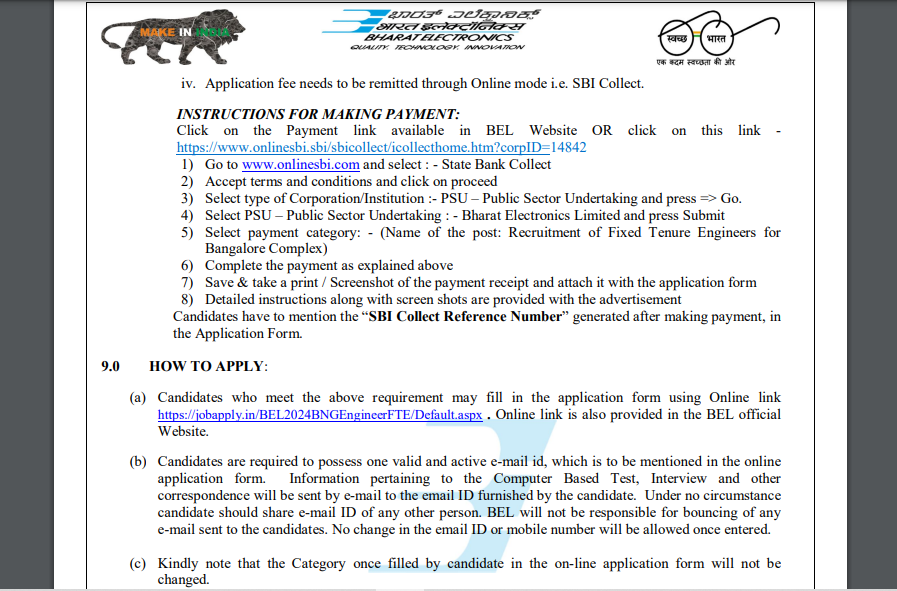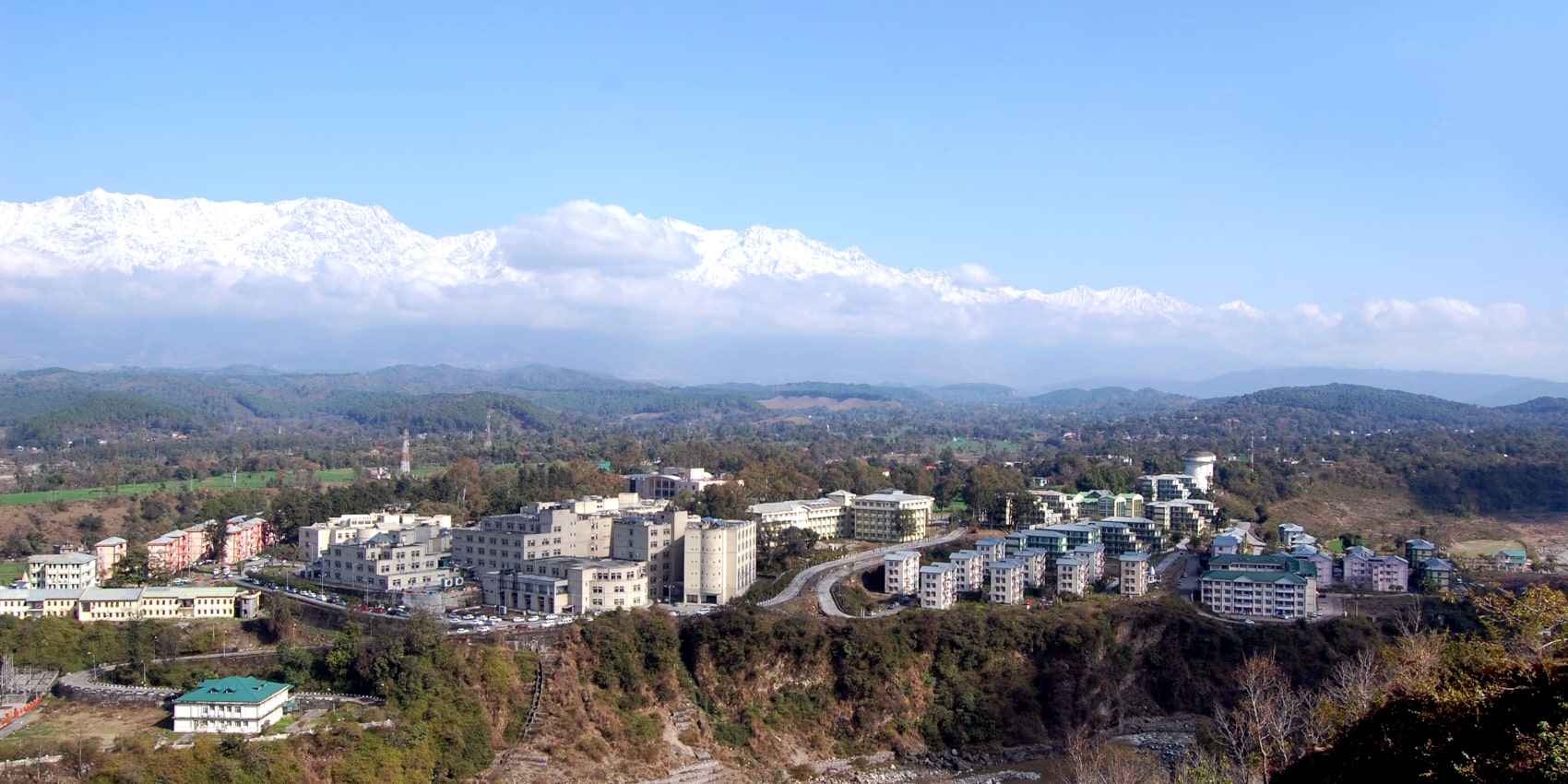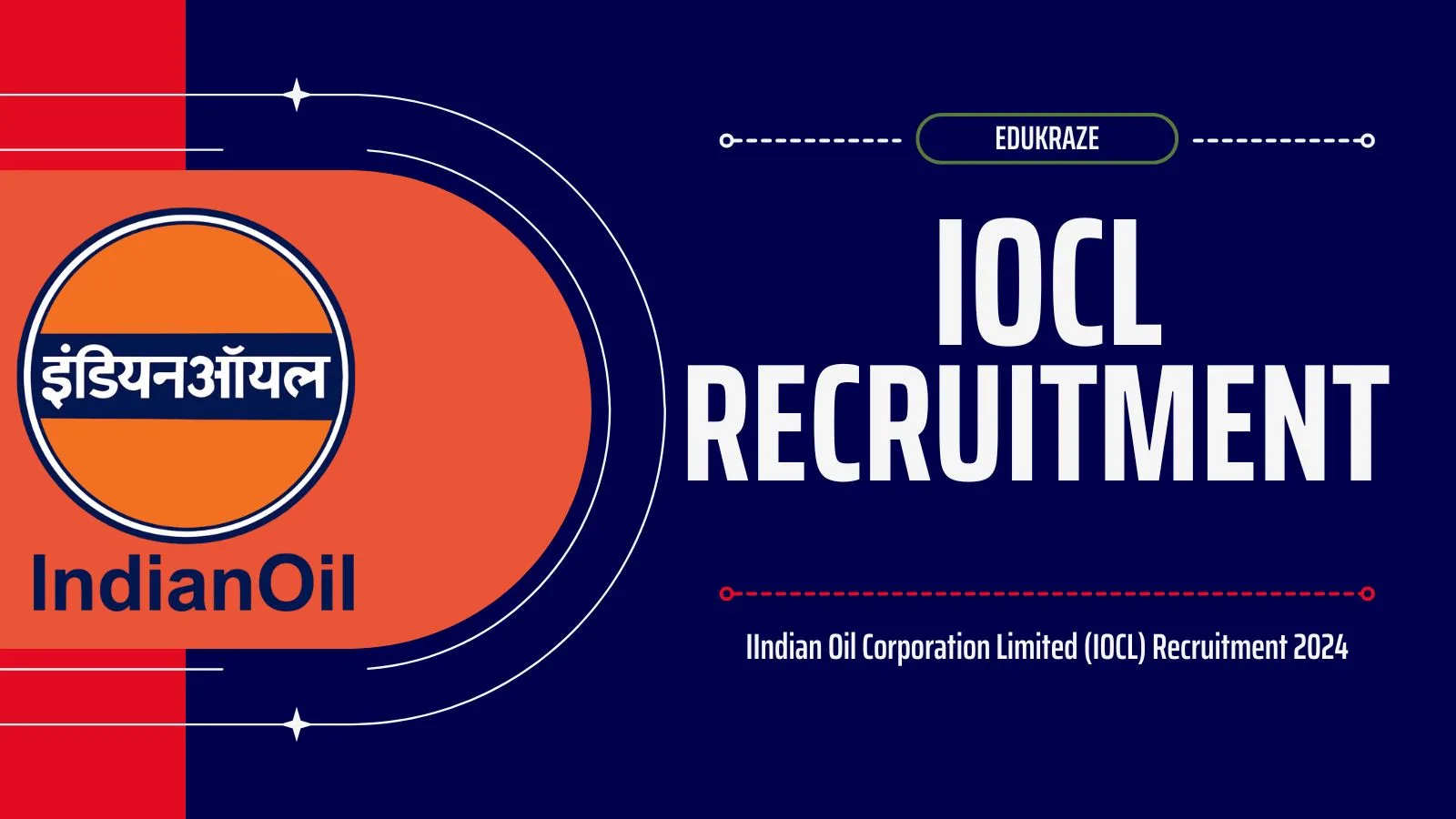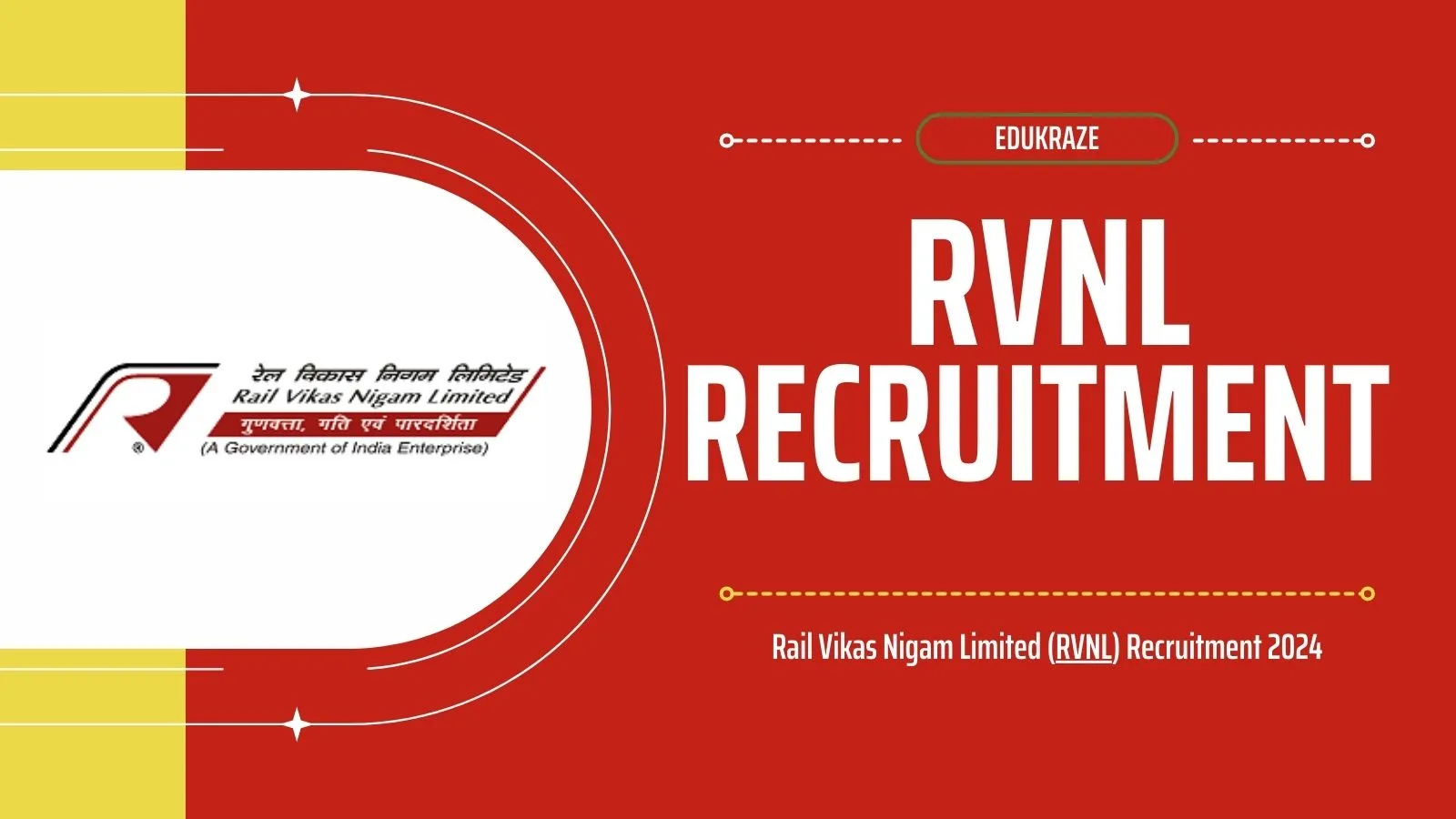New Delhi, October 12, 2023 – In a significant development for India’s mineral resources, the Union Cabinet, chaired by Prime Minister Shri Narendra Modi, has given its approval for the amendment of the Second Schedule of the Mines and Minerals (Development and Regulation) Act, 1957 (MMDR Act). This amendment pertains to specifying the royalty rates for three vital minerals – Lithium, Niobium, and Rare Earth Elements (REEs). The decision, which took place on October 11, 2023, is a pivotal move in India’s quest for self-sufficiency in critical mineral resources.
Table of Contents
The Regulatory Evolution
The Mines and Minerals (Development and Regulation) Amendment Act, 2023, recently passed by the Indian Parliament and effective since August 17, 2023, ushered in a new era for the mining sector. Among its numerous provisions, it delisted six minerals, including Lithium and Niobium, from the list of atomic minerals. This delisting opened the doors for the private sector to participate in mining these minerals through auctions.
Moreover, the Amendment Act mandated that the Central Government auction mining leases and composite licenses for 24 critical and strategic minerals, including Lithium, Niobium, and REEs (excluding Uranium and Thorium). This marked a significant shift in the approach to mineral resource management.
A Milestone Decision: Royalty Rates
The recent approval by the Union Cabinet for specifying the royalty rates is a crucial milestone. It paves the way for the first-ever auction of blocks containing Lithium, Niobium, and REEs in India. Royalty rates are of paramount financial significance to bidders participating in the block auctions. To ensure transparency and fairness, the Ministry of Mines has outlined the methodology for calculating the Average Sale Price (ASP) of these minerals, which will serve as the basis for determining bid parameters.
Fair Royalty Rates
Under the Second Schedule of the MMDR Act, Item No. 55 states that if the royalty rate for a mineral is not explicitly provided, it shall be set at 12% of the Average Sale Price (ASP). This default rate, however, was deemed significantly high when compared to other critical and strategic minerals. It also failed to align with international standards. Therefore, the Cabinet decided to introduce more reasonable royalty rates for the specified minerals:
- Lithium: 3% of the London Metal Exchange price.
- Niobium: 3% of the Average Sale Price, applicable to both primary and secondary sources.
- REEs: 1% of the Average Sale Price of Rare Earth Oxide.
A Strategic Move
These minerals, considered critical, are indispensable for economic development and national security. India’s commitment to energy transition and achieving net-zero emissions by 2070 has propelled the significance of Lithium, Niobium, and REEs. Additionally, the geopolitical landscape has elevated their importance due to their various uses. Encouraging indigenous mining is expected to reduce imports and foster the growth of related industries and infrastructure projects, thereby generating employment opportunities in the mining sector.
The Geological Survey of India (GSI) has recently submitted an exploration report for REE and Lithium blocks. Several exploration agencies, including GSI, are actively working on the exploration of critical and strategic minerals across the country. The Central Government is in the process of launching the first tranche of auctions for critical and strategic minerals like Lithium, REE, Nickel, Platinum Group of Elements, Potash, Glauconite, Phosphorite, Graphite, Molybdenum, and more.
In conclusion, the Union Cabinet’s decision to specify reasonable royalty rates for these critical minerals marks a pivotal moment in India’s resource sector. It aligns with the country’s vision for self-reliance and sustainable development while supporting a greener and more strategic future.
Also Read CBSE Winter Bound Session 2023-24: Practical Exams and Assessments Dates Announced
Key Facts about Cabinet Approves Royalty Rates for Mining of Three Critical and Strategic Minerals
- ✅ The Union Cabinet, led by Prime Minister Shri Narendra Modi, approved amendments to the Mines and Minerals (Development and Regulation) Act, 1957, specifying royalty rates for three critical and strategic minerals: Lithium, Niobium, and Rare Earth Elements (REEs).
- ✅ Amendments to the MMDR Act came into force from August 17, 2023, delisting six minerals, including Lithium and Niobium, from the list of atomic minerals, allowing private sector concessions for these minerals through auction.
- ✅ Mining leases for 24 critical and strategic minerals, including Lithium, Niobium, and REEs, will be auctioned by the Central Government as part of the Amendment.
- ✅ The royalty rates for these minerals are crucial for bidders in block auctions. The Ministry of Mines has prepared a method to calculate the Average Sale Price (ASP) for these minerals.
- ✅ The specified royalty rates for the three minerals are as follows: Lithium – 3% of London Metal Exchange price, Niobium – 3% of Average Sale Price (for primary and secondary sources), REEs – 1% of Average Sale Price of Rare Earth Oxide.
- ✅ Critical minerals, including Lithium and REEs, are crucial for India’s economic development and national security, aligning with its commitment to energy transition and achieving net-zero emissions by 2070.
- ✅ Encouraging indigenous mining of these minerals is expected to reduce imports, stimulate related industries and infrastructure projects, and boost employment in the mining sector.
FAQs
- Why are Lithium, Niobium, and REEs considered critical minerals in India? These minerals play a crucial role in India’s energy transition and economic development, making them essential for national security and progress.
- How will the new royalty rates benefit the mining sector in India? The new rates are expected to attract more investment and encourage indigenous mining, reducing the need for imports and creating job opportunities.
- What is the significance of the delisting of minerals from the list of atomic minerals? Delisting allows the private sector to participate in mining these minerals through auctions, promoting competition and development.
- What is the role of the Geological Survey of India in this process? The GSI plays a vital role in exploration and providing data that supports the auctioning of critical and strategic mineral blocks.
- How do these changes align with India’s environmental goals? By promoting indigenous mining and reducing imports, India is working towards a more sustainable and environmentally friendly future.
Stay Updated | Cabinet Approves Royalty Rates for Mining of Three Critical and Strategic Minerals
- Follow us on Facebook , Telegram and Twitter for the latest Education News updates and Daily Current Affairs
- Subscribe to our website for more updates on upcoming exams and results.
- Check all open Government Jobs 2023 Here
